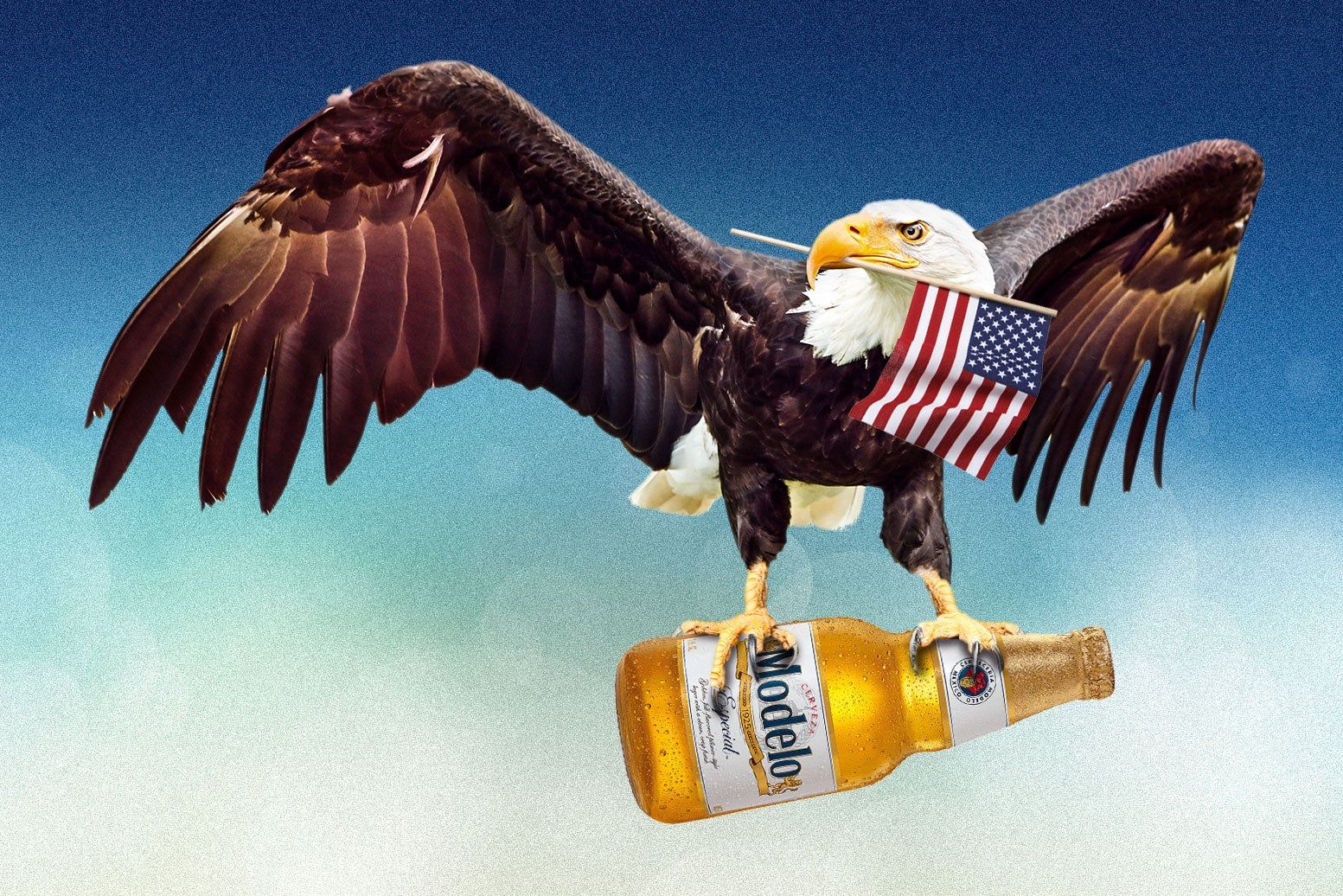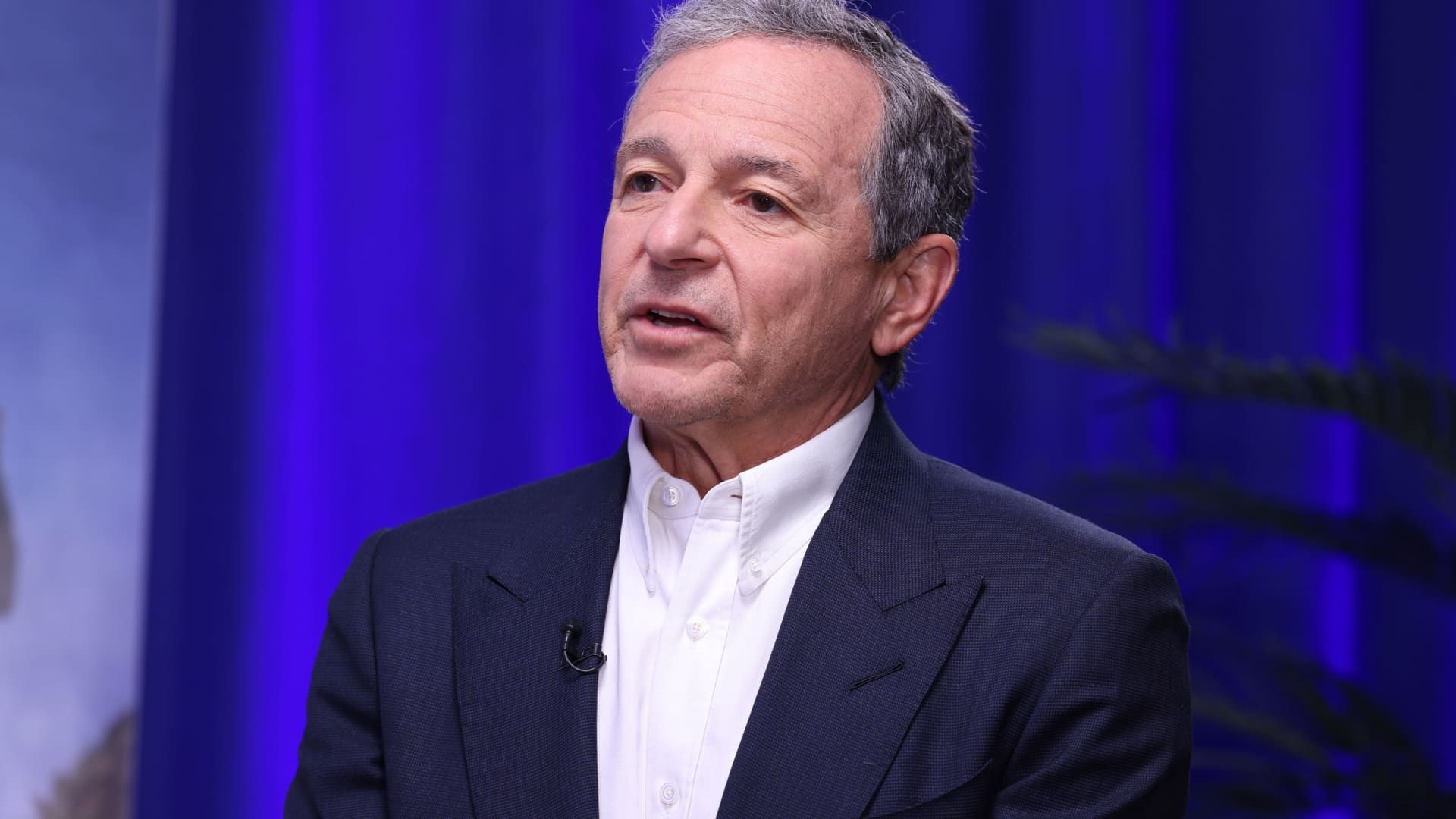How America got a surprising new No. 1 brew.
This is part of Pour One Out, a series about what’s happening to the nation’s famous appetite for suds—and what’s taking its place.
Earlier this month, at the parade to celebrate the Denver Nuggets’ NBA finals win, forward Aaron Gordon was asked if it had hit him yet that he was a national champion. He responded: “You want to know what’s hitting me is those Modelos.”
America agrees. For the first time in more than two decades, the country has a new No. 1 beer, Modelo Especial. The crisp Mexican Pilsner, with its elegant white cans and gold-foil-trimmed bottles, is suddenly everywhere, from the Denver victory parade to the desk of Los Angeles Dodgers manager Dave Roberts to the new House Party.
Advertisement
Modelo Especial’s store sales surpassed those of Bud Light in May, according to Nielsen data, as that beer’s dominance crumbled amid a right-wing boycott that began this spring after the company sent beers to a trans TikTok influencer. Such consumer conniptions don’t always work—remember when conservatives promised to throw their Keurigs out the window?—but this one has. Bud Light’s sales have fallen by nearly 25 percent, a big blow after a long, slow decline in market share in the face of craft beer, hard seltzer, and cocktails.
Advertisement
Advertisement
Advertisement
Regardless, the rise of Modelo Especial has been spectacular. It was not even a top five beer in the United States as recently as 2018; today it accounts for 8.4 percent of retail-store beer sales, good for first place. Look closely at that crinkled gold cap and you can see the reflection of a changing country.
Advertisement
The popularity of Modelo is rooted in Latino immigration to the United States. Modelo did not even run English-language ads until 2015. The first big markets where it became cerveza numero uno were, not surprisingly, the heavily Hispanic metros of Los Angeles, San Francisco, San Diego, and Las Vegas. Latinos drink a lot of Modelo; they also tend to be younger (and therefore thirstier) than traditionally white drinkers of the Molson Coors and Anheuser-Busch InBev beers that make up the rest of the top dogs: Bud Light, Michelob Ultra, Coors Light, Miller Lite, and Budweiser. Retailers in California sell more Modelo Especial than Bud Light, Coors Lite, and Miller Lite combined.
Modelo’s status as a cultural marker for U.S. Hispanics is best evinced by its recurring presence on the SoCal Latino meme clearinghouse Foos Gone Wild, beginning, perhaps, with the viral 2018 Instagram video “It’s Modelo time, Foo.” As an official corporate slogan, this would never have worked—too similar to a more established American beer slogan—but as a cheeky, unsanctioned appropriation on social media, it was perfect.
Advertisement
Advertisement
By 2019, Modelo Especial had displaced Miller Lite as the top beer in Chicago, a sign of things to come. Modelo’s share of non-Hispanic consumers grew from 30 percent in 2019 to 45 percent this year, the company told the Wall Street Journal. A deal with the Ultimate Fighting Championship gave Modelo mass-market exposure to English-language drinkers, and this year’s ubiquitous “Mark of a Fighter” ads position the beer as a simple reward for hard work, rather than trading on an exotic (Dos Equis) or relaxing (Corona) vision of Mexico. In other words, U.S. Anglos are drinking a lot of Modelo now too.
Advertisement
Related from Slate Tim Requarth The Great Alcohol Health Flip-Flop Isn’t That Hard to Understand—if You Know Who Was Behind It Read More
How did an upstart, imported beer come to upset the American beer duopoly? In part thanks to a Milwaukee-bred, beer-loving antitrust lawyer at Barack Obama’s Department of Justice. In 2013 AB InBev (the Belgium-based conglomerate that owns Bud Light, Stella Artois, and many other beers) wanted to buy Mexico’s Grupo Modelo, which also owned Corona, Pacifico, and Victoria. Regulators at the DOJ sued, alleging that the purchase “would result in consumers paying more for beer and would limit innovation in the beer market”—a market in which AB InBev already sold more than 2 in 5 of all beers (and Molson Coors much of the rest). The Belgians settled with the DOJ, buying Grupo Modelo but divesting its U.S. business to Rochester, New York–based Constellation Brands for $4.75 billion.
Advertisement
Advertisement
Advertisement
The fact that Bud Light (a purportedly American beer that’s actually owned by Belgians) has been displaced by Modelo (a purportedly Mexican beer actually owned by Americans), then, must be particularly bitter for the team at AB InBev. Indeed, AB InBev keeps suing Constellation over Corona and Modelo spinoffs, such as Corona Hard Seltzer and Modelo Ranch Water, which it says violates the terms of the 2013 sale agreement, under which Constellation was supposed to sell only “Mexican-style beer.”
But all this misses the most obvious reason for Modelo’s appeal: It tastes good. Modelo is richer, maltier, and a bit sweeter than the light beers of the Bud Light generation, which began in 2001, when “drinkability” and calorie counting helped dethrone Bud heavy. It is also lighter, crisper, and easier to drink than the hopped-up IPAs that dominate the other end of American beer culture. Michael Gabriel, one of the co-hosts of the beer podcast Malt Couture, has long been a fan. “At first I was like, OK, let me understand craft beer, some barrel-aged whatever-the-fuck,” he said of his beer journey. “Over time, I was like, Fuck that. Modelo is where it’s at and has always been. For me, and a lot of other people, it’s a quintessential beer.”
Bud Light may yet rebound and take back the torch. It is already going, hat in hand, to its alienated right-wing fans—see last month’s commercial, set at a country music festival, and various pleading statements from executives. But even if it regains its crown, it won’t be for long. Culture war controversy or not, changing demographics and changing tastes were coming for Bud Light. It’s Modelo time, foo.
Source: Slate


